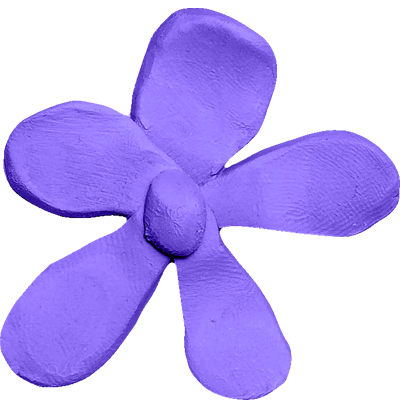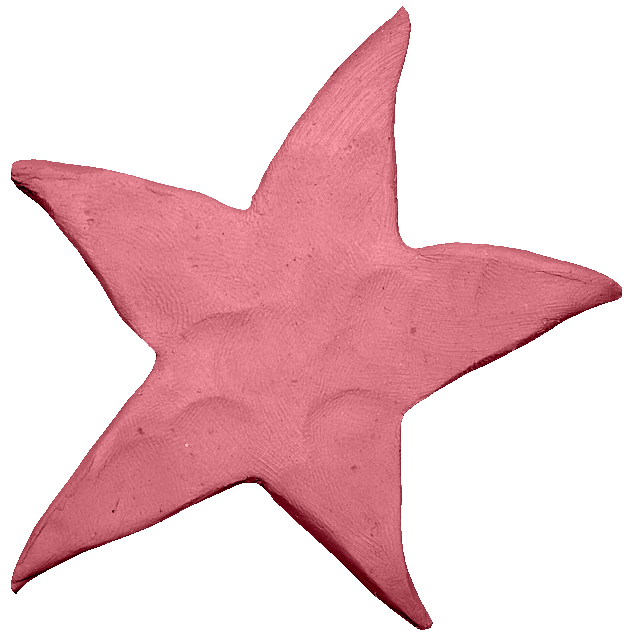ADORE the Waste of Our Adornments
2023/2024
Rome – Botanical Garden of Rome /Athens-Space 52
CURATED BY: Faidra Vasileiadou
TEXTS: Faidra Vasileiadou, Eleonora Aloise
SPONSOR: Directorate General for Contemporary Creativity of the Italian Ministry of Culture under the Italian Council program ; Yourban 2030
EDITION: TWM Edizioni
PARTNER: Istituto Italiano di Cultura Atene; Museo Orto Botanico Sapienza Università di Roma; TWM Factory, SEA Foundation, Bowie Gallery; Space 52
WINNER: Italian Council 2023
CREDITS
Editorial & Graphic: Carlo Settimio Battisti, Francesco Elia
Photography: Michele Colasuonno
Costumes: Giulia Cauti
Make-up: Gianluca Ferrero
Sound designer: Sebastian Kurtén
Performer: Sophie Claire Annen; Vittoria Caneva
In this project, Maggini presents his research developed between Rome and Athens. The artist connects the ornaments of Mycenaean funerary masks (found in the Archaeological Museum of Athens) with the beauty products from our daily beauty routine (e.g., moisturizing face masks, beauty creams, perfume bottles, false eyelashes, foods with beneficial properties) collected in second-hand markets. Maggini focuses on the waste from beauty products to advance the Art-Waste parallel. By doing so, he imparts a new meaning to the waste of the capitalist-patriarchal system, moving towards a more inclusive approach where what has been discarded takes central stage and becomes a work of art. From this research, ADORE was born—a fictional fashion and beauty magazine, where Maggini embodied the roles of editor, advertiser, muse, and model. The magazine was presented to the public during a performance at the Botanical Garden of Rome, and the working materials were showcased in an exhibition in Athens. ADORE serves as both an artist’s magazine/book and an exhibition catalog, with each individual photo from the advertisements being a standalone work of art.
PRESS
Adore
Performance – Botanical Garden of Rome
Adore – Mag
Athens – Space 52
Interview by Nicola Zanella with Alberto Maggini
Tell me what Adore is and especially why did you decide to start this project?
ADORE is a fashion and beauty magazine, but above all it is an artistic act; it was conceived from the need to investigate the change and mutability of social life and to understand the rules that govern individual and collective behavior. ADORE is an attempt to break the fixed roles imposed by our patriarchal and capitalist society.
To further this investigation, I focused on the beginnings of European civilization to find the matrices of vices and virtues that reverberate to this day. I focused on the ornaments of Mycenaean grave goods (1600-1100 B.C.), found in the Archaeological Museum in Athens, I also collected what I might call the waste of our ornaments: beauty products found in second-hand markets, with which I constructed costumes, masks, elements as ephemeral as they are indispensable, works of art!
After all, the work of art and trash are the opposite poles around which contemporary civilization is articulated. I myself, inside this magazine, have tried to remodel myself, as if I were a work of art.
Doing makeup is seen as a superficial act related to exteriority, to appearance. You turn this idea upside down and give it a deeper perspective. What meanings, existential and political, lie behind makeup?
The Mycenaeans, with their funerary masks, used adornment to embellish the body of the deceased, to defend it from the attacks of adverse spirits, and thus make it immortal. They would intervene on the form to modify a content.
Recently, the art duo Eva and Franco Mattes, with their work “The Bots” (2020), used online tutorials of beauty products to talk about marginalization, violence and intolerance.
In my work, the re-signification of the waste of what were once the ornaments of a capitalist-patriarchal system is the key to a more inclusive approach, where what has been discarded becomes artwork and ornament becomes substance.
With this project, I wanted to challenge the assumptions underlying the mechanisms of exclusion through an alternative/circular/recyclable narrative that gives new meaning to the awareness of the end. I sublimated the abyss with daily rituals of beauty, as in an alchemical operation, transforming it into tragedy, show, glory and catharsis.
History has always been “ made up,” and the point of view represented is predominantly the hegemonic one, often partial at times even untruthful. How, by talking about makeup and masks, can this mechanism be defused, thus returning a more truthful and articulate narrative?
As an artist I focus my research on how we determine what knowledge absorbs and what it throws away instead.
Hegemonic narrative through a “Cosmetic” process of sorting and cleansing has imposed a linear view of History. This excluded and marginalized the “waste” and the “refuse.” However, without the waste-without the error-there can be no knowledge that is true and profound.
With this project I wanted to bring “the excluded” to center stage through the persuasive stratagems of advertising. I made the collected discards intone their song of absolute indispensability, like sirens inviting us to approach, to buy, to consume….
I find masks and makeup to be excellent ways of knowing and recognizing ourselves. After all, a close look at the chosen mask can reveal much more than the face it conceals.
Disguises then should be used therapeutically, as an exercise in otherness and empathy, to give space to the multitude and contradictions that inhabit us. I think that talking about this multitude, inside and outside of us, can really return a more articulate and therefore more truthful narrative of History.
So are you telling me that beauty, even that of a waste, will save the World?
Undoubtedly cosmetics offer an opportunity to achieve the media ideal of youth and beauty. In my works, however, it is not important that an image achieves that ideal, but that it shows the attempt and also the failure, if necessary. Admitting failure will save the World.
Can I ask you a question too? What is Nicola your favorite disguise?
Ahh here’s a catch, there’s a catch. I don’t like to dress up or at least the thing doesn’t particularly appeal to me, already dressing up I find it quite tiring.
If then the question has a metaphorical plan, irony and sarcasm, they are basic disguises for me, almost covers. Azz I have denuded myself.
And your Alberto, what is your favorite disguise?
I get bored using the same disguises all the time, I like to change. I can tell you that these days I enjoy dressing up as a flower or a turtle.





























